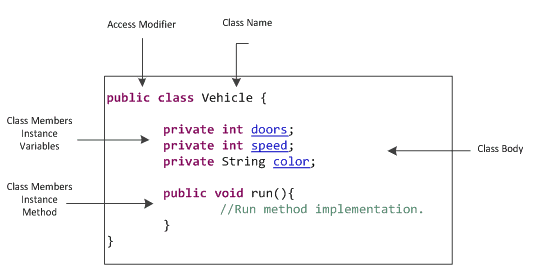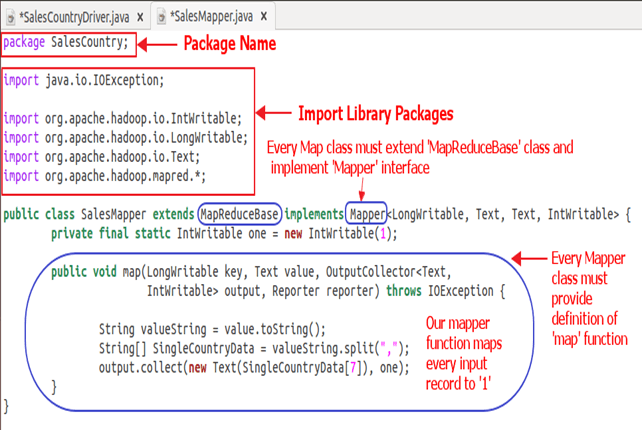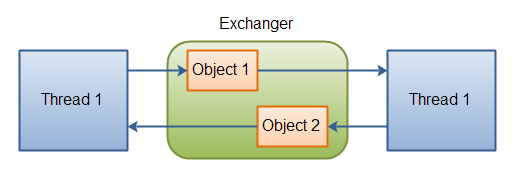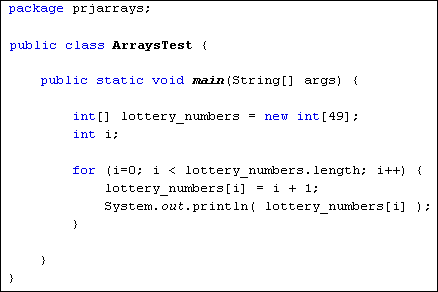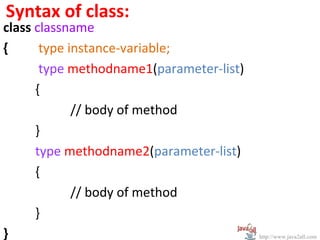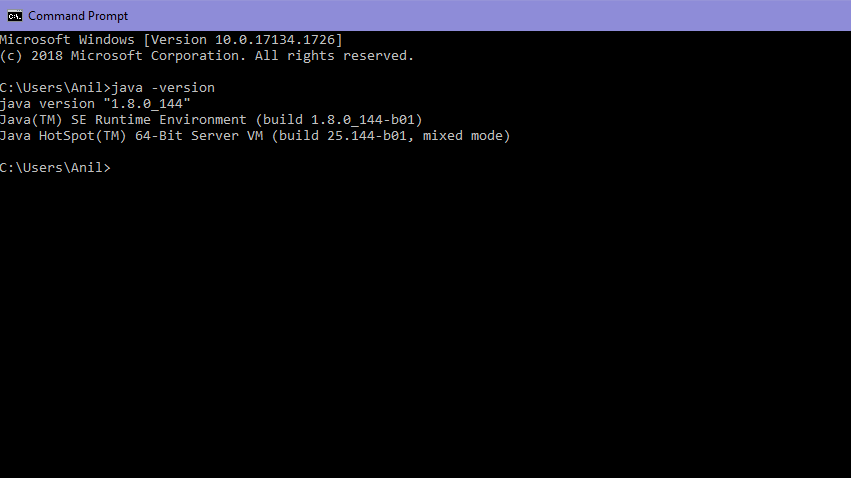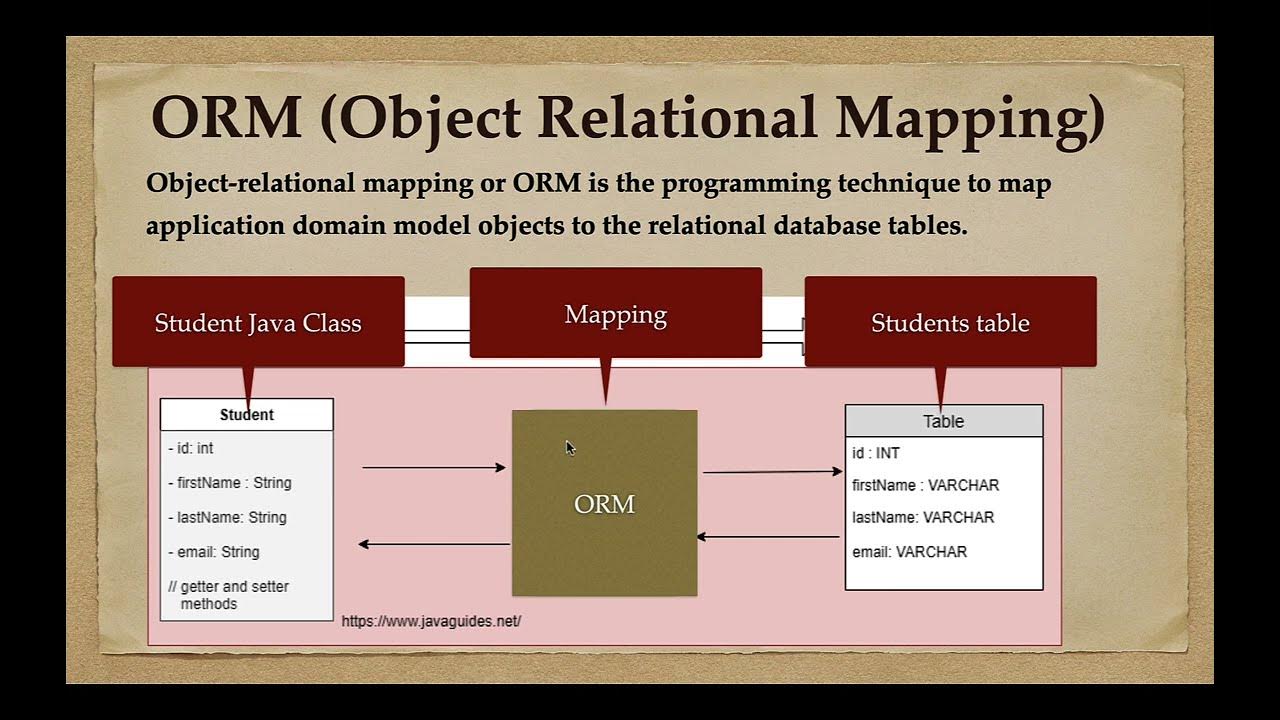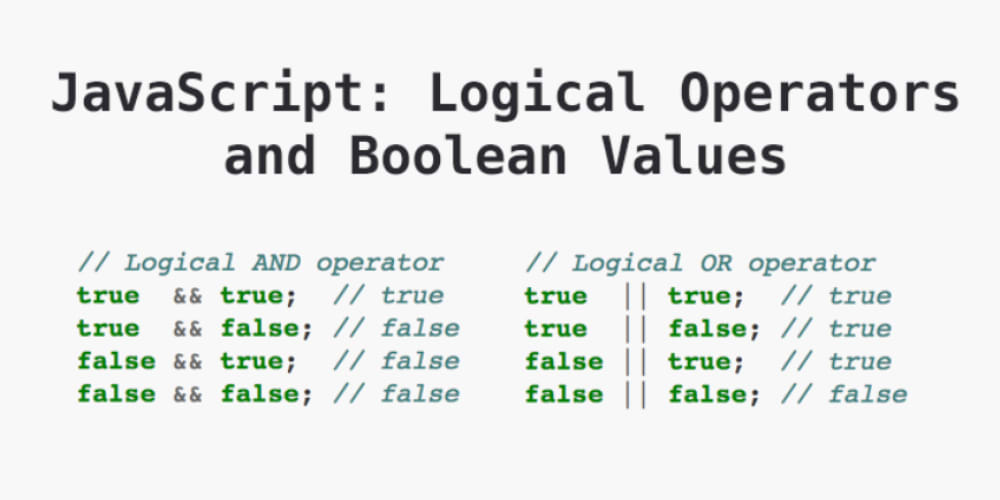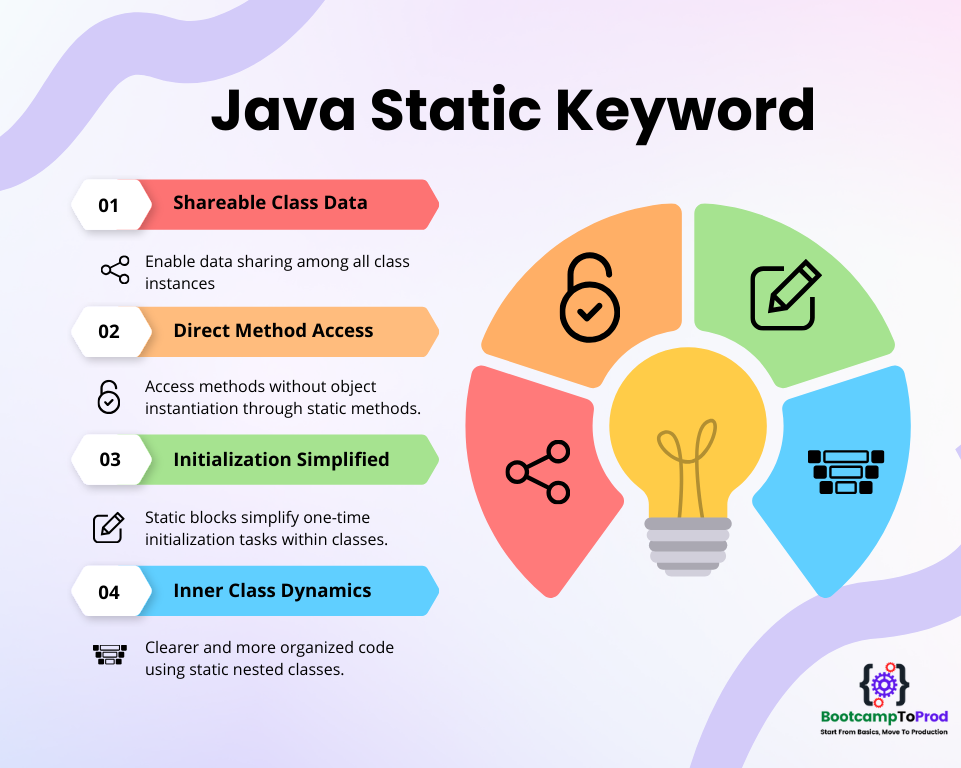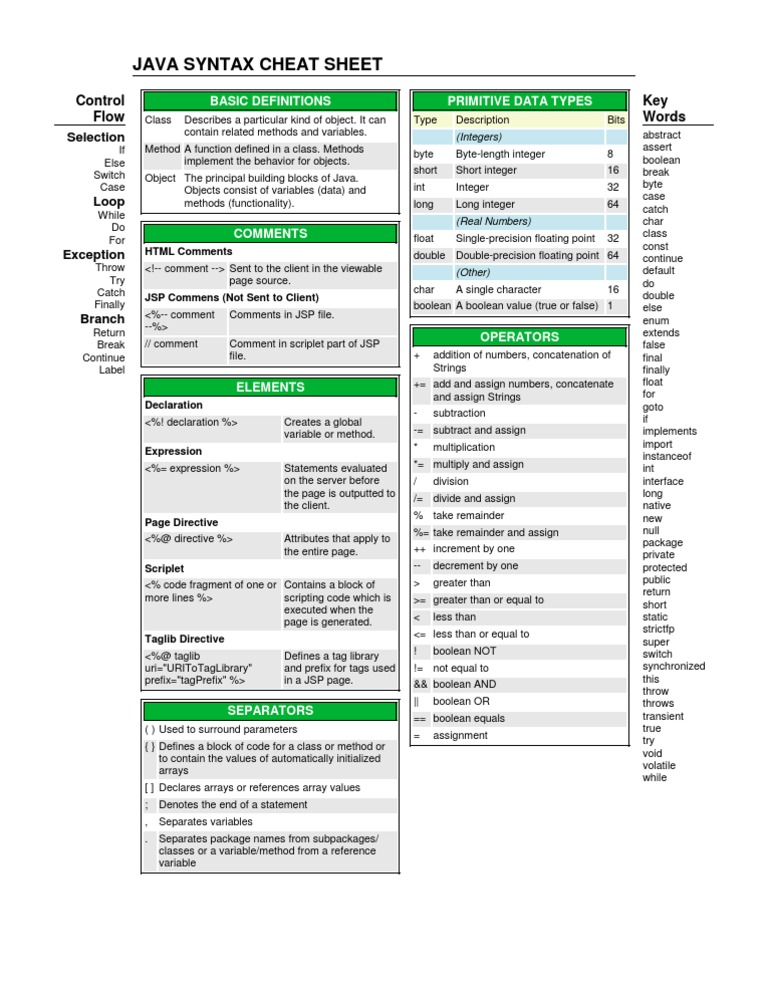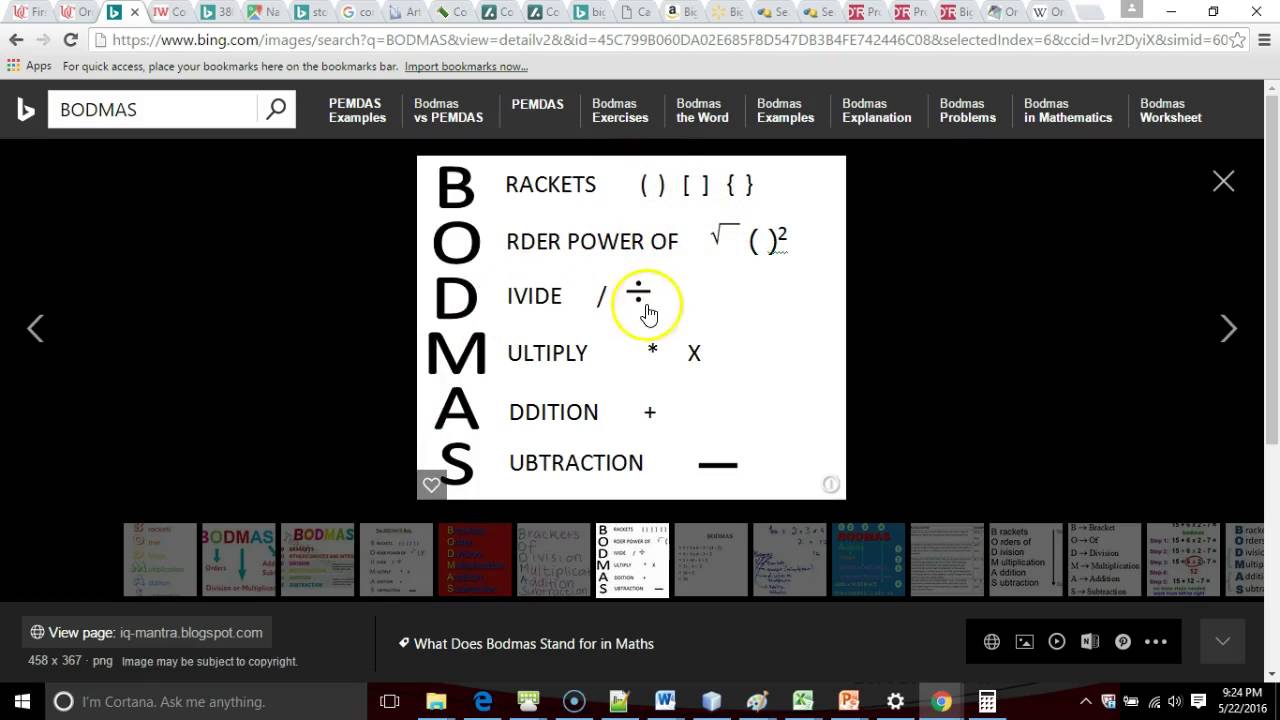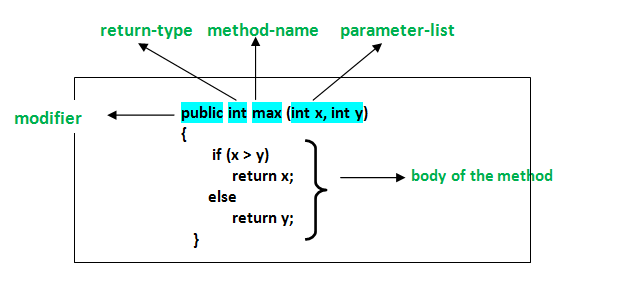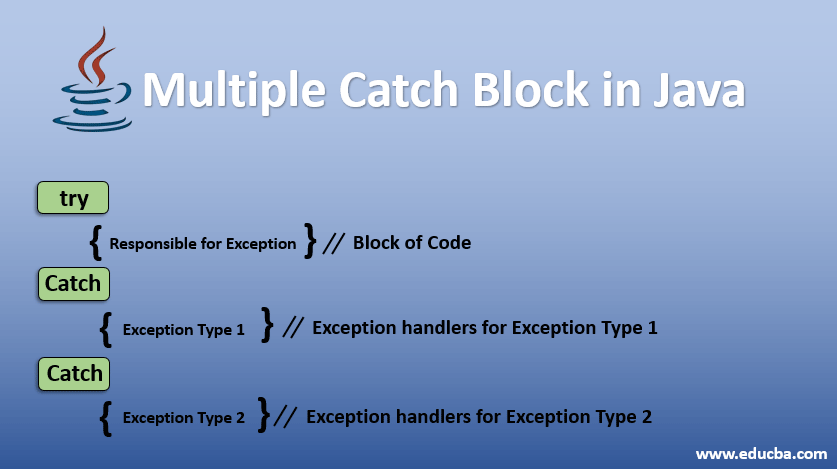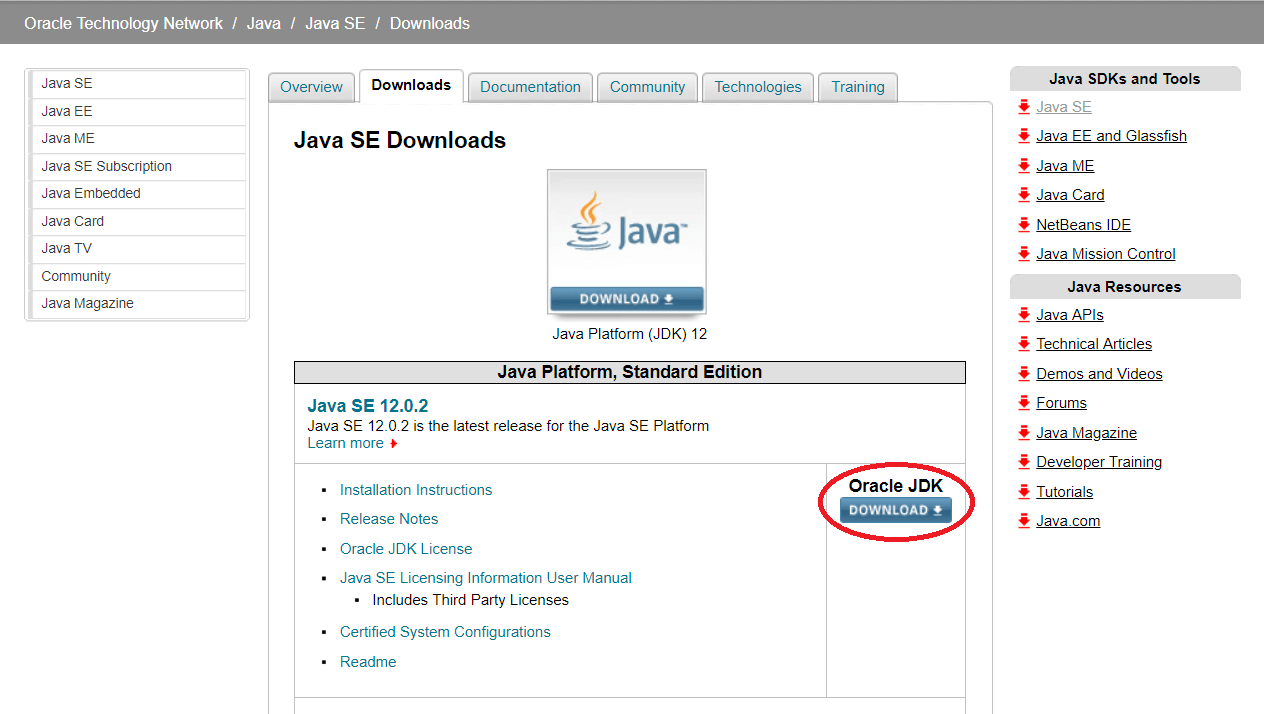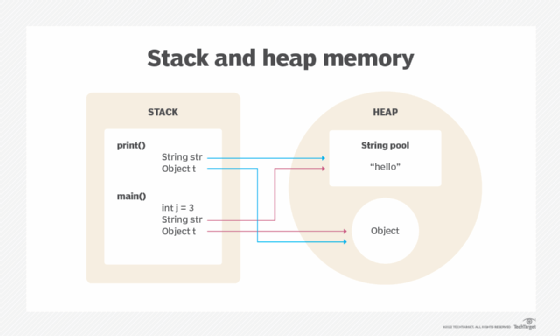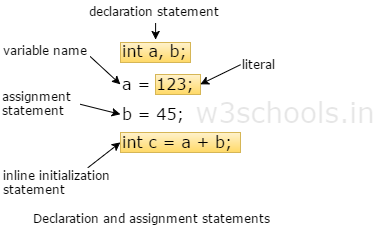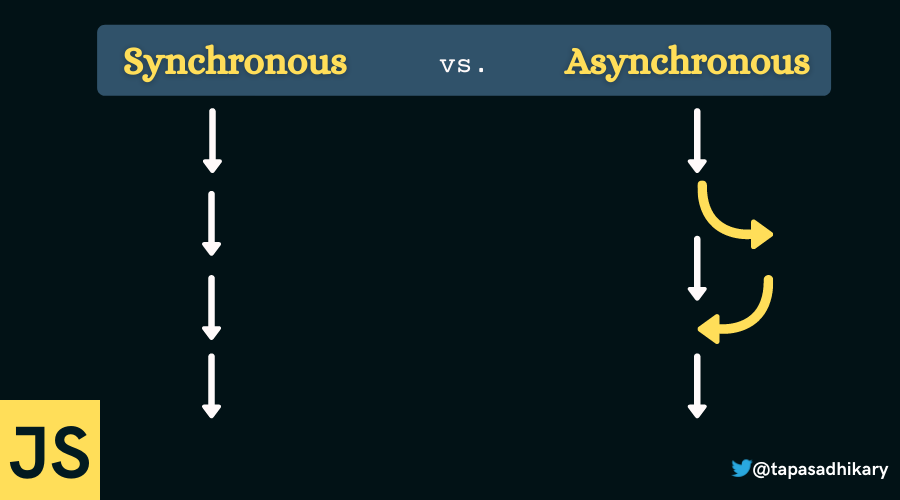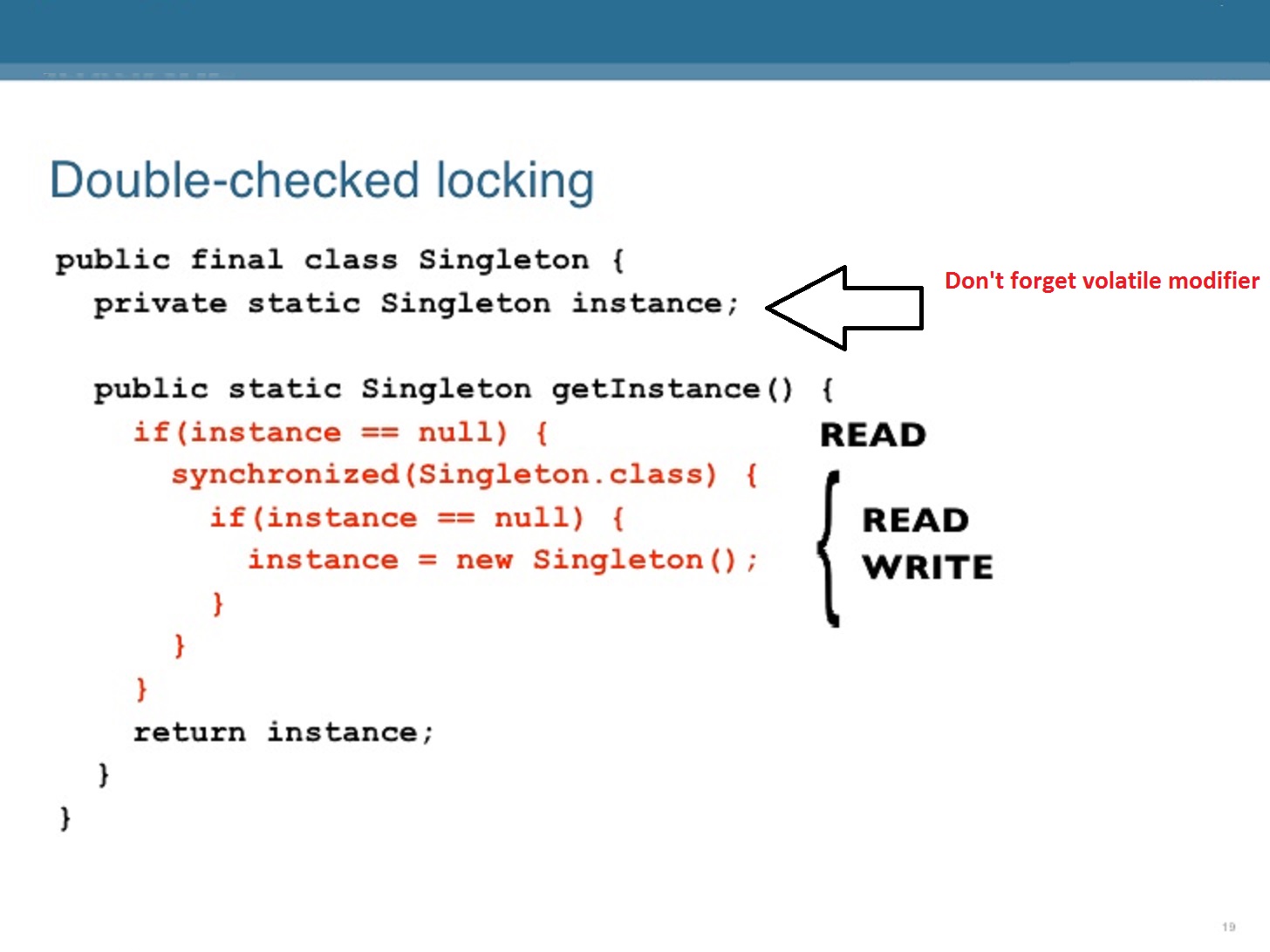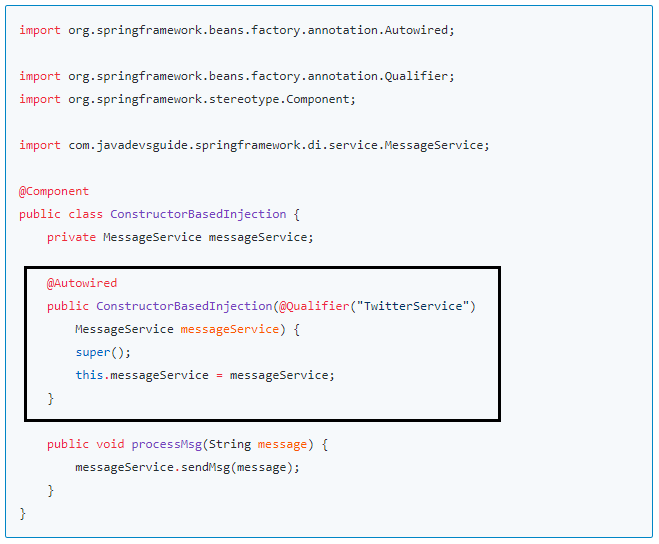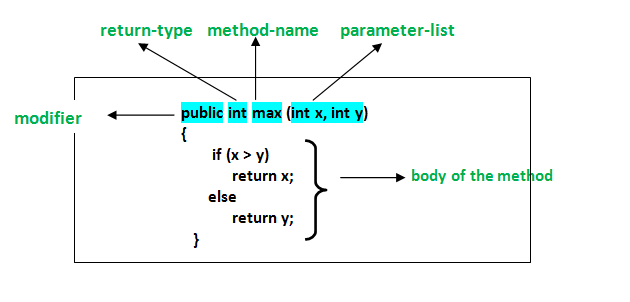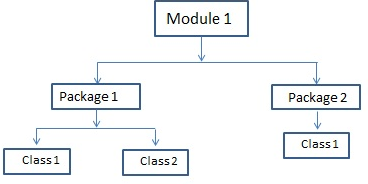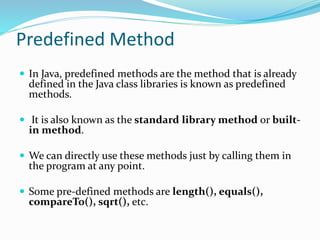Purpose of abstract class in Java
Purpose of abstract class in Java
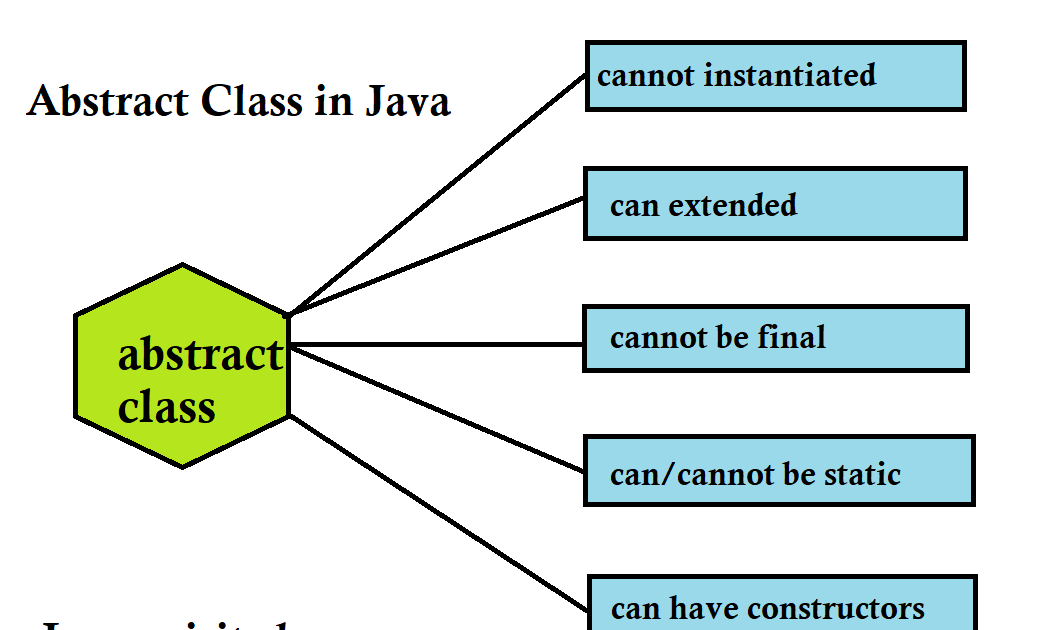
Here's a detailed explanation of the purpose of abstract classes in Java:
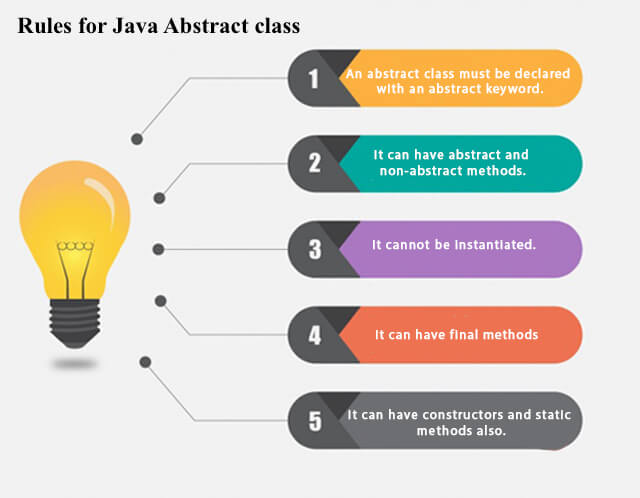
In Java, an abstract class is a class that cannot be instantiated on its own and is meant to be inherited by other classes. The primary purpose of an abstract class is to provide a base class for other classes to inherit from, allowing them to share common attributes and methods.
Abstract classes are useful when you want to create a hierarchy of classes where some classes share common characteristics or behaviors, but not all of them. By defining an abstract class as the parent, you can ensure that any child class inherits its attributes and methods, making it easier to manage and maintain your code.
Here are some key benefits of using abstract classes in Java:
Encapsulation: Abstract classes allow you to encapsulate common behaviors or attributes that multiple subclasses share, without having to repeat them across all the individual classes. Code Reusability: By defining an abstract class as a base for other classes, you can reuse code and avoid duplicating logic across different subclasses. Inheritance Hierarchy: Abstract classes help establish an inheritance hierarchy where child classes inherit from the parent class, promoting cohesion and consistency within your codebase. Method Implementation: You can provide default implementations for methods in an abstract class, allowing child classes to override or modify them as needed. Interface Implementation: Abstract classes can also serve as a base interface, providing a set of common methods that must be implemented by subclasses.When deciding whether to use an abstract class, consider the following:
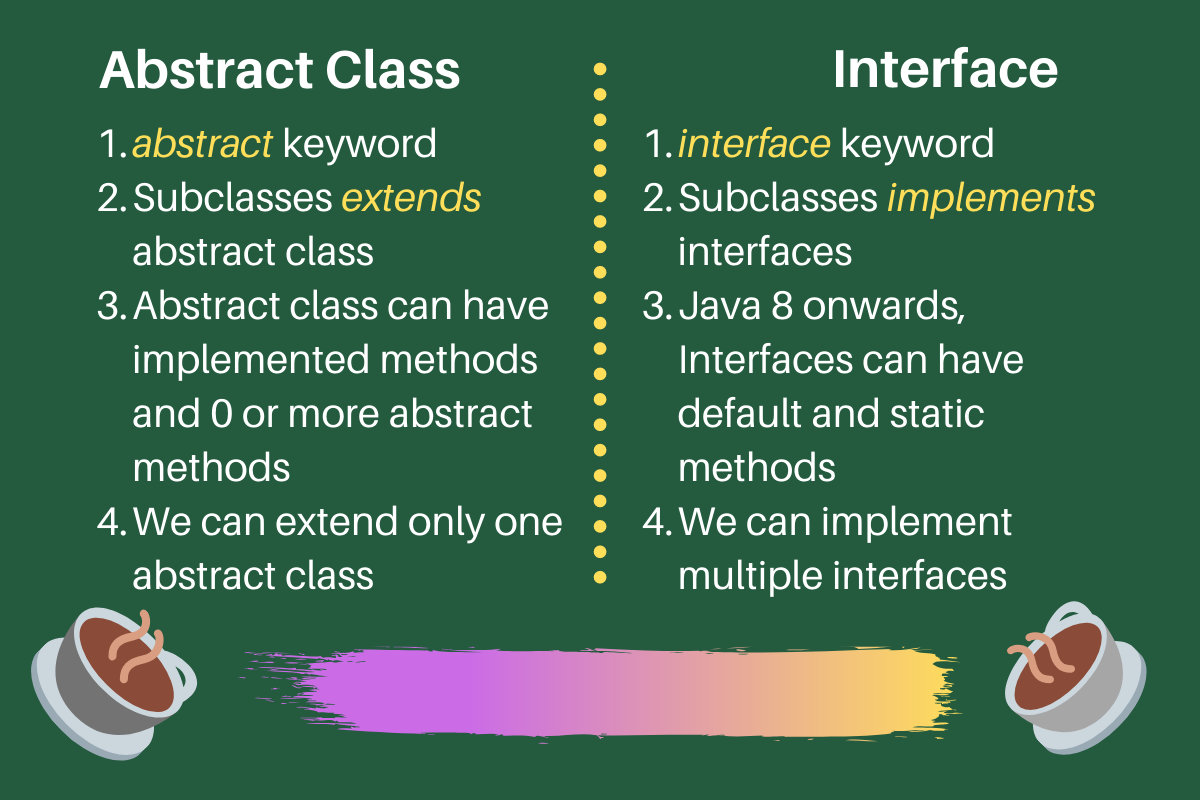
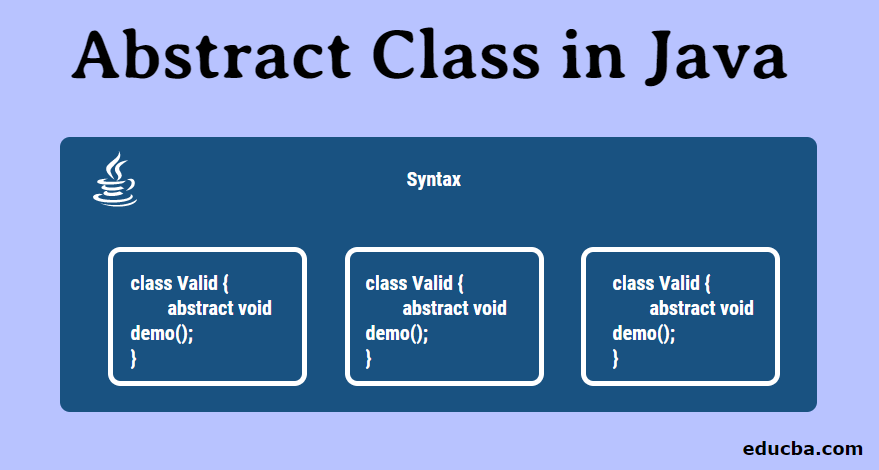
To summarize, abstract classes in Java provide a way to define a base class for inheritance, allowing you to share common attributes and methods across related classes. By using abstract classes, you can promote code reusability, encapsulation, and maintainable code, making it easier to manage and extend your program over time.
Would you like me to elaborate on any specific aspect of abstract classes in Java?
When should we use abstract classes in Java?
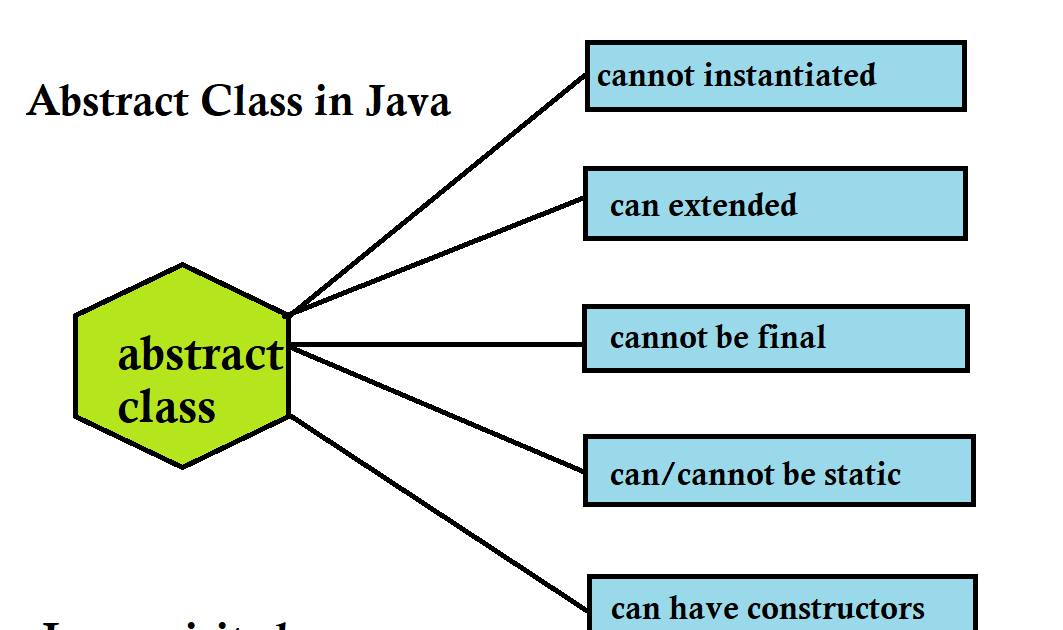
In Java, an abstract class is a class that cannot be instantiated and serves as a base for other classes. Abstract classes are used to provide a basic implementation or structure for a group of related classes that share some common characteristics.
There are several scenarios where you would use abstract classes in Java:
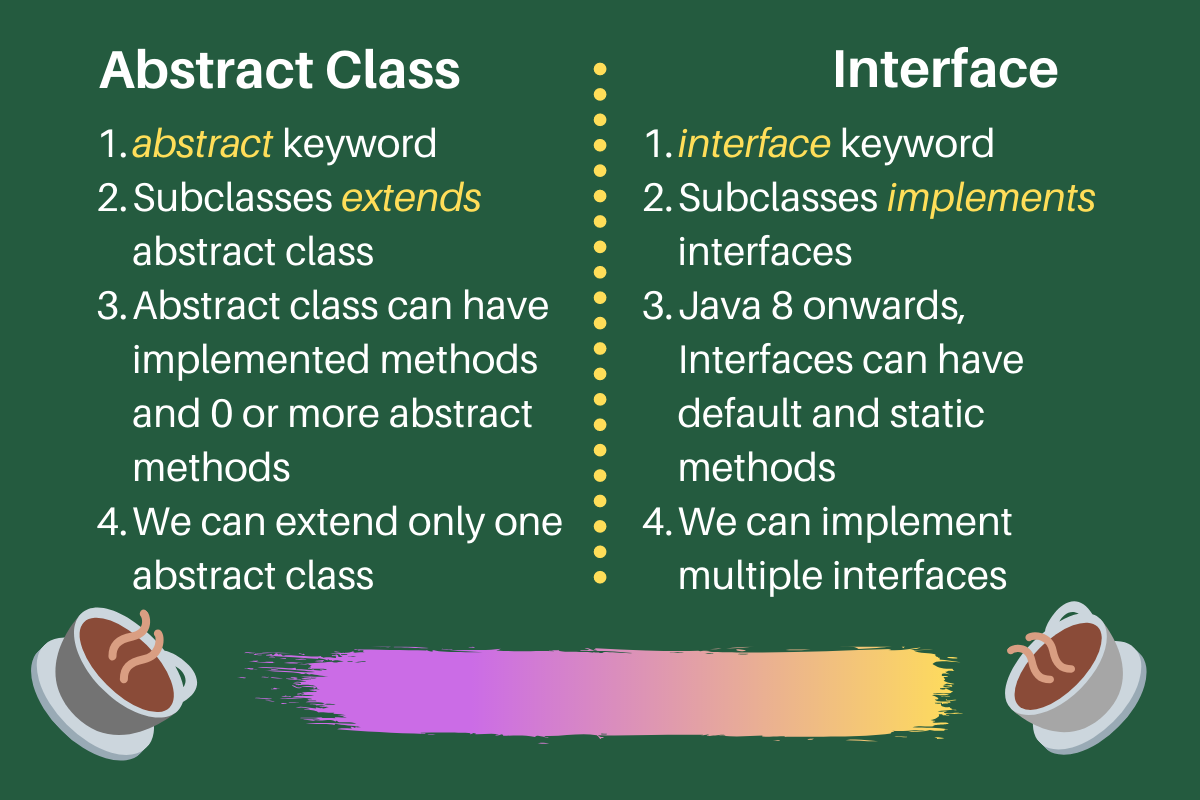
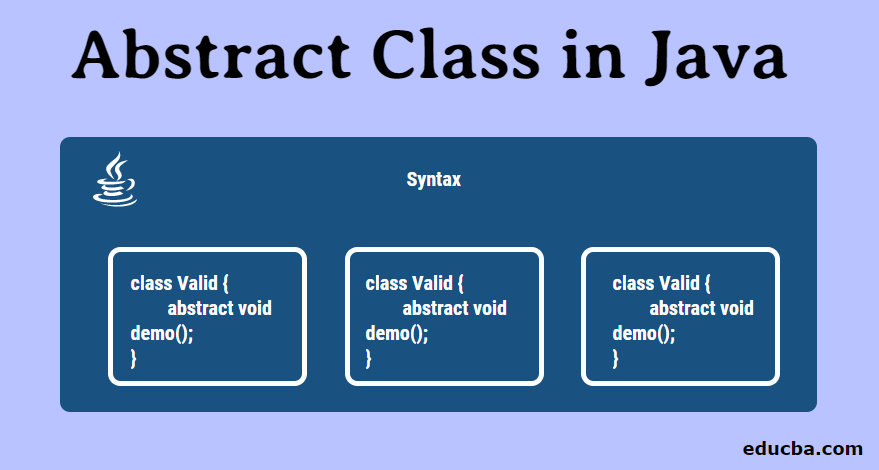
In general, you should use abstract classes in Java when:
You want to establish a blueprint for a group of related classes. You need to provide default implementation or structure for your subclasses. You have multiple classes that share the same interface or behavior. You want to encapsulate common behavior or methods shared among multiple classes. You need to prevent direct instantiation and ensure each subclass has its own unique characteristics.By using abstract classes effectively, you can create a more robust, maintainable, and scalable codebase in your Java applications.



